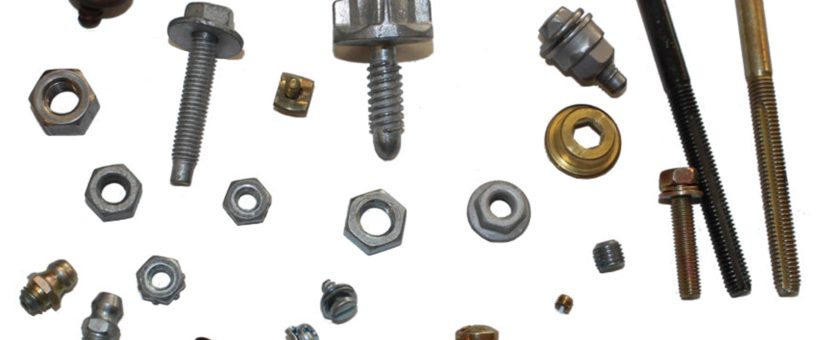If your assembly line involves a lot of manual nut driving, automatic nut drivers are a great way to speed up the process. Automating this repetitive task can save you significant time, effort, and money.
Dixon Automatic Tool offers a wide range of nut drivers in different models and configurations, but figuring out which one is right for the job can be challenging. We’ll show you how to select the right automatic nut driver for your production needs.
Types of Automatic Nut Drivers
Automatic nut drivers look a lot like screwdrivers, but instead of screws, they feed and tighten a variety of nuts. They’re commonly used in industrial settings for high-volume assembly tasks. There are two main types:
- Handheld Automatic Nut Drivers: These combine the convenience of a handheld tool with the automation of a powered driver. They come with a built-in feeder mechanism and are ideal for low- to medium-torque applications and tight spaces.
- Automated Nut Driver Systems: Unlike handheld nut drivers, these are fully automated, feed nuts and drive to specified torque, or depth. They can be added onto robotic arms or production lines for high-speed, high-precision nut driving. Features like torque control and feedback help ensure consistent quality.
Analyze Your Assembly Line
The first step in choosing nut drivers involves analyzing your assembly line. Answering the following questions will help you narrow your choices:
- What type of nuts are you working with? Hex, flange, or special? The style and size will determine which driver head is compatible.
- Are you driving to depth? Depth application would have a distance between the bottom of the nut and top of the part.
- If your not driving to depth, what torque range do you need? Look for a nut driver with adjustable torque control for precision.
- What’s your production volume? Low-volume operations might be fine with a handheld driver, but an automated system is better for high-volume production.
Decide on Features
Which features are important for your assembly processes? The basics will get the job done quickly and efficiently, but additional features like these can improve productivity even more:
- Feed System. Systems have automatic hoppers, so you won’t have to load the nuts in to the feeder bowl as often.
- Control Options. Some nut drivers offer torque control, depth control, or programmable settings for specific applications.
- Vision Systems. Vision guidance technology is useful for complex assemblies. It automatically identifies nuts and ensures they’re placed accurately.
Explore the Dixon Lineup
There’s a Dixon Automatic Tool, Inc. nut driver for most manufacturing applications! Here’s a quick rundown:
- Handheld blow-fed drivers: Ideal for low- to mid-volume production, these drivers automatically feed nuts from the feed system, freeing your hand for positioning. Popular models include the HST and HSH series.
- Automated systems: Use with robotic arms or assembly lines for high-volume, precision fastening. The SD-100 series or SEM/SEV models are versatile options.
- Customizable options: Dixon offers customized solutions for specific applications, guaranteeing a perfect fit.
Visit our dedicated nut drivers section for a complete list and detailed specifications.
Got a question or need assistance selecting the right equipment for your needs? Contact a Dixon Automatic Tool representative today!
